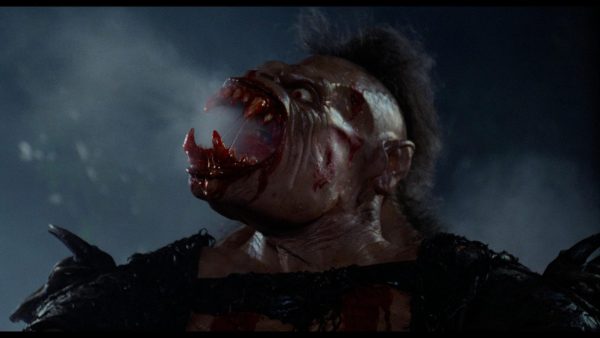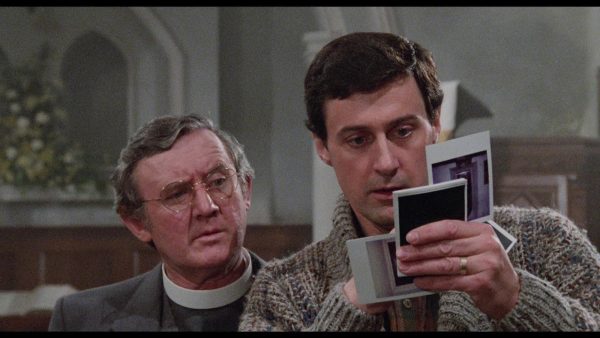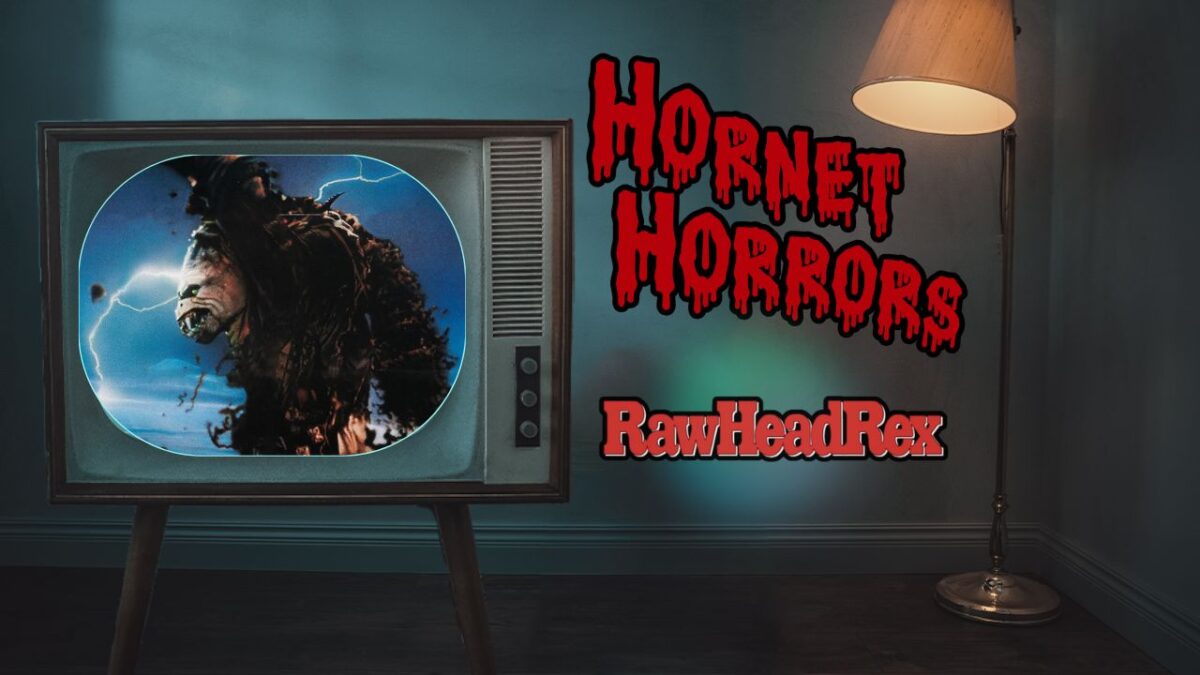Disclaimer: Spoilers for the film are included in this review.
Hitting U.S. theaters in 1987, “Rawhead Rex” tries to do something different from the multitude of slasher flicks in theaters at the time, but not enough to truly stand out as either a cult classic or as bad movie night fodder.
The film is an adaptation of a short story of the same name by English author Clive Barker, who also wrote the screenplay to the film. Coming out in the U.S. in the same year as “Hellraiser,” another of Barker’s works, on paper “Rawhead Rex” has a lot going for it with an authentic setting and involvement from the original author.
In practice, the film ends up being a pretty middling experience. One of the main reasons for this is that, while the screenplay was written by Barker, the movie’s plot lacks the same punch of his literary work.
RELATED: STINGER SOUND SESSIONS: Mother Muerte hypnotize with their fusion of cumbia, metal and rock
The actual plot isn’t anything special, being firmly in the “it’s fine” category. A monster is released from its ancient prison and goes on a rampage while an outsider to the community ends up being responsible for stopping it.
It hits the same beats you’ve seen a thousand times before, sometimes better and sometimes worse. A lot of the commentary on religion and masculinity vs. femininity from the short story the movie was adapted from are lost in translation.
A movie with a formulaic plot can work. Hell, “Friday the 13th” re-made the same movie seven times before they tried something remotely different.
But that plot needs to be backed up by other filmmaking elements that stand out, which “Rawhead Rex” unfortunately lacks. In fact, the only thing that really stands out about the movie is its featured creature, but for the wrong reasons. It only takes a cursory glance to see one of the main issues with the titular monster. Instead of the menacing pagan demi-god the movie’s script and source material paint him out to be, Rawhead appears more like a gorilla someone shaved and made the frontman to a hair metal band.
The film’s insistence on showing him off doesn’t do itself any favors either. Some of the few shots where the creature is obscured by darkness and shadows prove to be the most effective, but more often than not the film has him standing in full visibility or doing close ups of the one piece face mask.

The physical acting from the man under the mask, Heinrich von Schellendorf, is also another point against it. While I can sympathize with the then 19-year-old with no experience his work would be more at home in a 50’s B-movie with even more of a micro budget than this film.
Of course, not all the blame falls on the monster, who in many ways is more of a victim of the film’s low budget than a lack of trying. The directing and acting of the film are also on the poorer side.
This film was director George Pavlou’s second feature and shows through the inconsistencies in the tone of the film. It can’t seem to decide whether it wants to be dead serious or tongue-in-cheek with the former and latter often undercutting each other.
The biggest example I can think of is a scene where the main character and his family are at the police station after the monster kills and eats their son. The scene is obviously supposed to be serious, but at certain points, the timing of leading man David Dukes comes off more like a comedy bit.
Outside of Dukes and Ronan Wilmont, who goes full ham as a crazed priest working with the monster, there’s nothing to really say about the acting in the film. Most of the actors are serviceable, if not fantastic, and the child actors are about what you expect from child actors in the 80’s.

This isn’t to say there’s nothing positive about the film. For starters, it doesn’t look anything like the other horror flicks of the 80s, settling on a more muted color palette in contrast to the bright neon you’d see elsewhere during the time period.
The setting is also a major plus, being shot on location in a small town in Ireland, making use of the structures and homes there instead of obvious set pieces. Additionally, most of the cast are either Irish actors or locals from the area.
In a lot of ways, the movie acts like a still shot of Ireland at the time, from its setting to the people living there. Combine this with the more toned down color palette and you get a degree of folksy authenticity you don’t often see in films from the time.
In fact, the biggest issue with the movie isn’t that it’s horrible, but that it’s so middle of the road. While the movie has gained a reputation as “so bad it’s good,” partially from Barker’s own distaste for it, there isn’t enough bad in it to really qualify for that category.
For Barker’s part, he has always been vocal about his dislike of the film over the subsequent decades, as well as the previous adaptation of his work, “Underworld,” which was also directed by Pavlou.
“I haven’t seen them for many years and hope never to see them again,” Barker said in a 1998 interview. “But they were the films that made me go and make ‘Hellraiser’.”
In contrast to “Rawhead Rex,” “Hellraiser” has gone on to be a staple of the horror genre and continues to have films released to this day, though without Barker’s involvement.
In comparison “Rawhead Rex” has fallen into relative obscurity, at best being known among horror fans as one of those you get friends together to laugh at on movie night.
Though even calling it that may be too high praise for the movie as it’s far too competently made, especially by the standards of the horror genre, to really fall into that category. There’s just enough here, good or bad, to really make it worth sitting through its hour and a half runtime.




























































































































